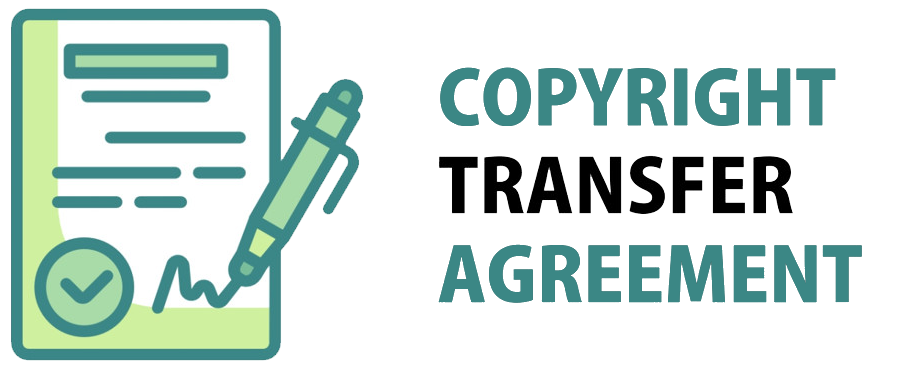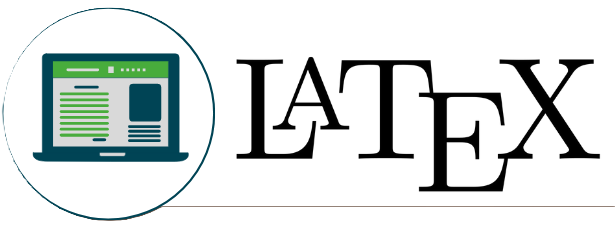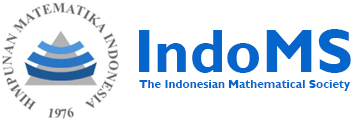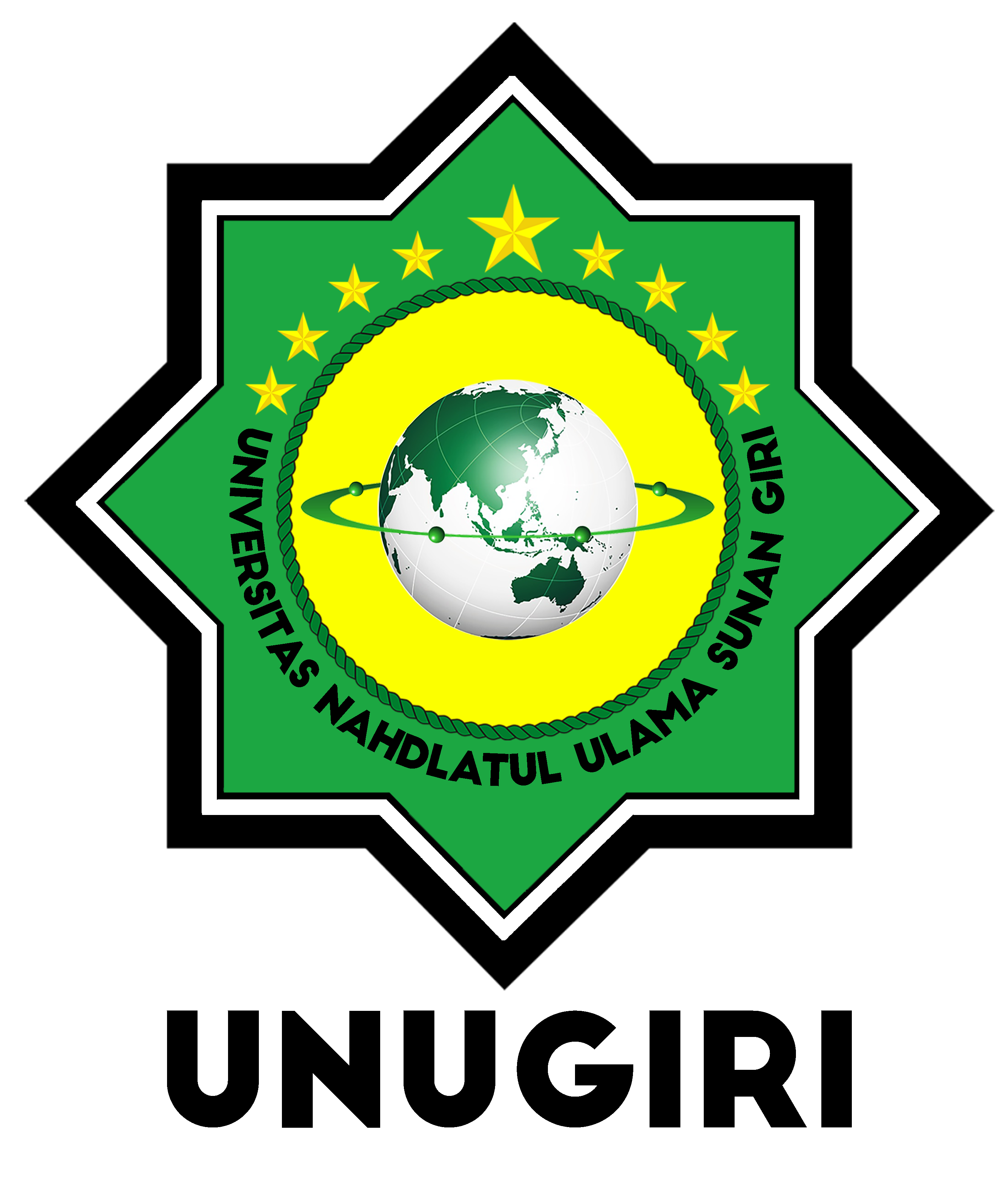ANALISIS KESALAHAN SISWA DALAM MENYELESAIKAN SOAL BERDASARKAN TEORI POLYA
 PDF Download: 752
PDF Download: 752
DOI:
https://doi.org/10.32665/james.v4i1.176Keywords:
Kesalahan, Soal Cerita, Teori Polya, Student’s Mistake, Story Problem, Polya’s TheoryAbstract
References
Umam, D. Analisis Kesalahan Siswa Dalam Menyelesaikan Soal Cerita Matematika Materi Operasi Hitung Pecahan, MATHEdunesa, 3(3), (2015) 131–134.
Abdul, R. Eksplorasi kesulitan dalam menyelesaikan soal cerita yang berkaitan dengan kelipatan persekutuan terkecil dan faktor persekutuan terbesar ditinjau dari perbedaan gender, Prosiding Seminar Nasional, 02, (2010) 183–190.
Budiyono, Kesalahan Mengerjakan Soal Cerita dalam Pembelajaran Matematika, Pedagogia, 11(1), (2008) 1–8.
Farida, N. Analisis Kesalahan Siswa SMP Kelas VII dalam Menyelesaikan Soal Cerita Matematika, 2015(2),(2015) 42–52.
Afandi, A. Berpikir Kritis Siswa SMP dalam Menyelesaikan Soal Cerita Berdasarkan Kemampuan Matematika, Gammath : Jurnal Ilmiah Program Studi Pendidikan Matematika, 1(2), (2016) 1–8.
Fatahillah, A. Berpikir Matematis (Matematika Untuk Semua)’, Procediamath, 8(1), (2017) 40–51.
Katon, K. S. and Arigiyati, T. A., Analisis Kesalahan Siswa Menurut Polya Materi Persamaan Dan Pertidaksamaan Linear Satu Variabel, Prosiding Seminar Nasional Etnomatnesia, 0(0), (2018) 576–580.
Melanie, M. E., Hartoyo, A. and Ahmad, D., Deskripsi Proses Penyelesaian Soal Cerita Materi Perbandingan Pada Siswa Kelas VII SMP, Journal of Chemical Information and Modeling, 53(9), (2019) 1689–1699.
Downloads
Published
Issue
Section
License
Copyright (c) 2021 Journal of Mathematics Education and Science

This work is licensed under a Creative Commons Attribution-NonCommercial-ShareAlike 4.0 International License.
Authors who publish with this journal agree to the following terms:
- Authors retain copyright and grant the journal right of first publication with the work simultaneously licensed under a Creative Commons Attribution License that allows others to share the work with an acknowledgment of the work's authorship and initial publication in this journal.
- Authors are able to enter into separate, additional contractual arrangements for the non-exclusive distribution of the journal's published version of the work (e.g., post it to an institutional repository or publish it in a book), with an acknowledgment of its initial publication in this journal.
- Authors are permitted and encouraged to post their work online (e.g., in institutional repositories or on their website) before and during the submission process, as it can lead to productive exchanges, as well as earlier and greater citation of published work
 PDF Download: 752
PDF Download: 752















